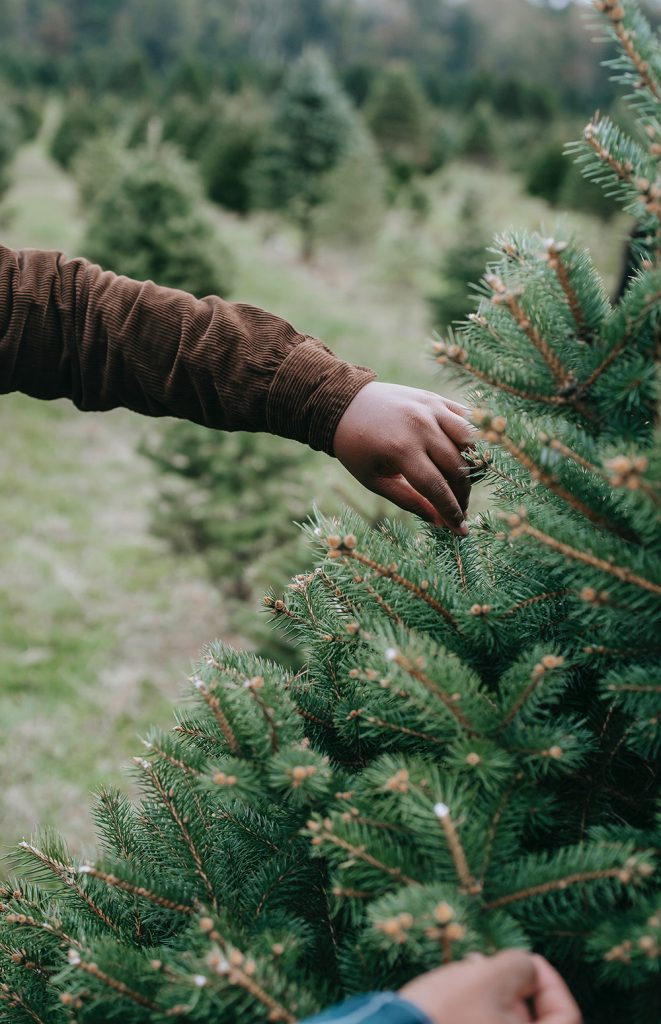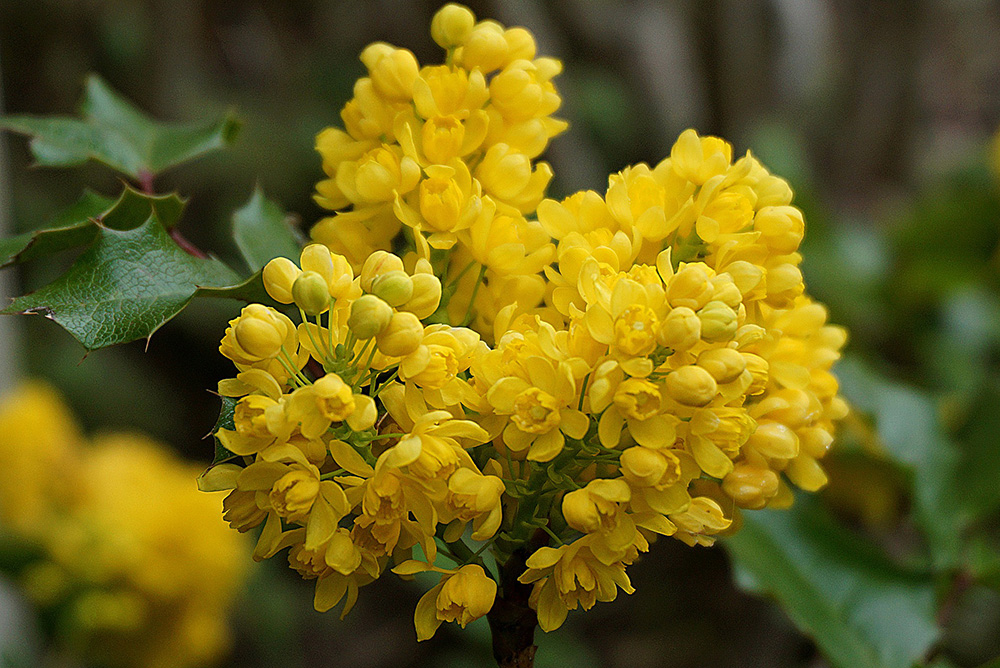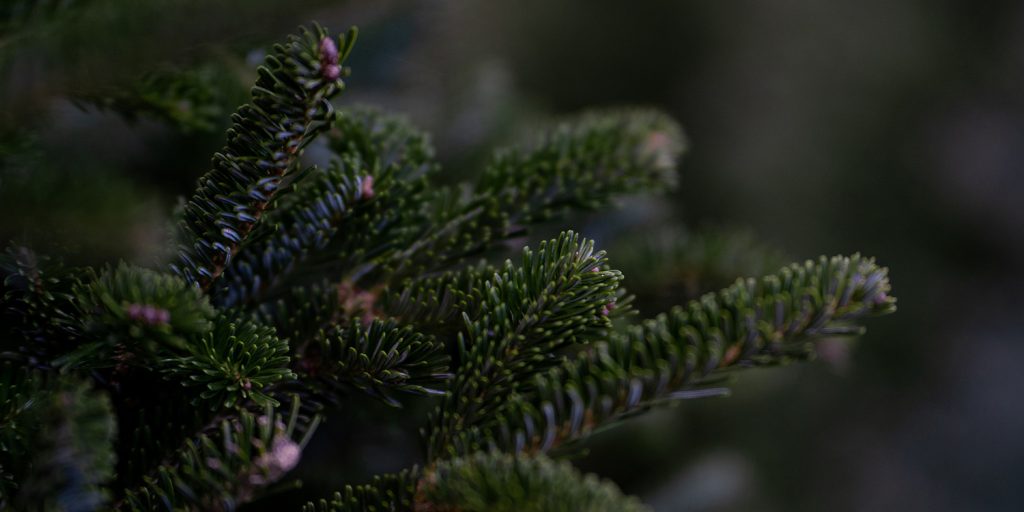Most gardeners tend to think that everything in the garden is dormant in December. While this does tend to be the case, there are still crops, plants and wildlife to protect from any winter frosts. The lawn will need to be kept clear of any remaining leaves and patio containers will need raising to avoid them sitting in the wet. The beginning of the month, however, will probably be dedicated to choosing and decorating the Christmas tree. For many people, this is an essential part of their festive traditions. There’s nothing quite like a real Christmas tree to decorate a room and fill the home with that nostalgic seasonal aroma.
Choosing a Christmas Tree
There are several types of Christmas tree to choose from. If you’ve never had one before it can be hard to decide which will be best.
Nordmann Fir – this is the top choice for real indoor Christmas trees and has excellent needle retention. The lush, glossy, rich green needles are soft and dense making it easy to decorate. And the strong branches will support your lights and decorations to create a stunning display. They quite often have a wide base, making a perfect place to hide presents!
Norway Spruce – the ‘traditional’ Christmas tree. Strong branches make for easy decorating, although the needles can tend to be fairly sharp. If you are choosing this tree it is best to keep it outside for as long as possible before bringing it into a cool room, to help with needle retention.

Potted/Pot Grown Trees
Most people buy cut Christmas trees, but it is possible to buy ‘potted’ or ‘pot grown’ trees. If you want to keep your tree after Christmas to pot on or plant in the garden, always ask for a pot-grown tree. Potted Christmas trees have usually been grown in the ground and then dug up and potted with a few roots. They generally won’t last much longer than a well-cared-for cut tree and usually won’t establish in the garden afterwards. Pot-grown trees have been grown in the pot and so are more likely to be successful for growing on from year to year.
Enjoy Your Garden!
Merry Christmas and a Happy New Year!
Looking Good This Month: Mahonia
Why should you plant them?
Striking winter foliage, fragrant lily-of-the-valley aroma and beautiful yellow blooms – it’s not difficult to see why the Mahonia is such a well-respected addition to a winter garden.

How should you plant them?
Mahonia are very low maintenance shrubs, but a small amount of attention will ensure that they perform to the best of their abilities. An annual prune is sufficient to keep them in check. They are, by nature, adapted to woodland conditions, so plant in partial to full shade. However, they will grow well in a variety of soil conditions, including clay, chalk and even sand.
To read last month’s gardening article click here





